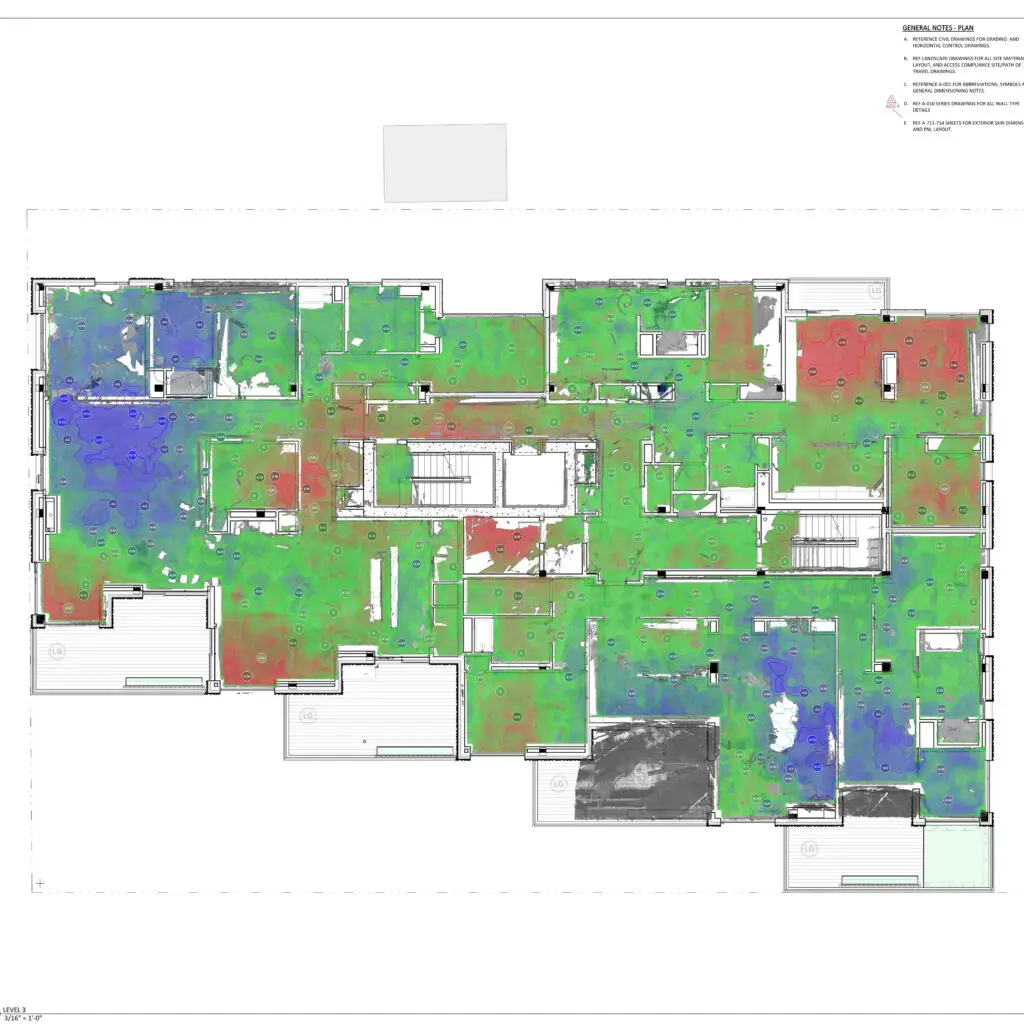Why, Scan To BIM

Scan to BIM, short for “Scan to Building Information Modeling,” is a process that involves using 3D scanning technology to create a digital representation of an existing physical structure or building and then converting that data into a Building Information Model (BIM). BIM is a digital representation of a building’s physical and functional characteristics, providing a collaborative platform for architects, engineers, contractors, and other stakeholders to design, construct, and manage a building throughout its lifecycle.
Here’s an overview of the Scan to BIM process:
- Scanning: High-precision 3D laser scanners are used to capture the physical structure of a building. These scanners emit laser beams to measure the distance between the scanner and various surfaces in the building. The result is a point cloud, which is a massive collection of 3D coordinates representing the building’s surfaces and objects.
- Point Cloud Processing: The point cloud data is processed and converted into a more manageable and structured format. This involves cleaning the data, removing noise, and registering multiple scans if required (for larger structures).
- Model Creation: With the refined point cloud data, a BIM model is created. This involves creating digital representations of the building’s components, such as walls, floors, ceilings, doors, windows, and other architectural elements. The model is typically created using BIM software like Autodesk Revit, ArchiCAD, or similar tools.
- Parametric Modeling: The BIM model is not just a 3D representation but a parametric one. This means that objects in the model have associated data attributes, such as dimensions, materials, and other relevant information. This allows for more comprehensive and accurate analysis and simulation.
- As-Built Documentation: The Scan to BIM process is often used to create as-built documentation, which accurately represents the current state of the building. This information is essential for renovation, maintenance, and facility management.
- Collaboration: BIM models are highly collaborative tools. Multiple stakeholders, including architects, structural engineers, MEP (Mechanical, Electrical, Plumbing) engineers, and contractors, can work on the same model simultaneously, allowing for better coordination and fewer clashes during the design and construction phases.
- Analysis and Simulation: BIM models can be used for various analyses and simulations, such as structural analysis, energy analysis, and clash detection. This helps in optimizing the design and ensuring that the building performs as intended.
- Facility Management: After construction, the BIM model continues to be valuable for facility management and maintenance. It provides a comprehensive record of the building’s components and systems, making it easier to manage, maintain, and make renovations in the future.
Scan to BIM technology significantly enhances the accuracy and efficiency of the construction and renovation processes, reduces errors and clashes, and improves overall project management. It is widely used in the construction and architecture industry, especially for complex and large-scale projects.
